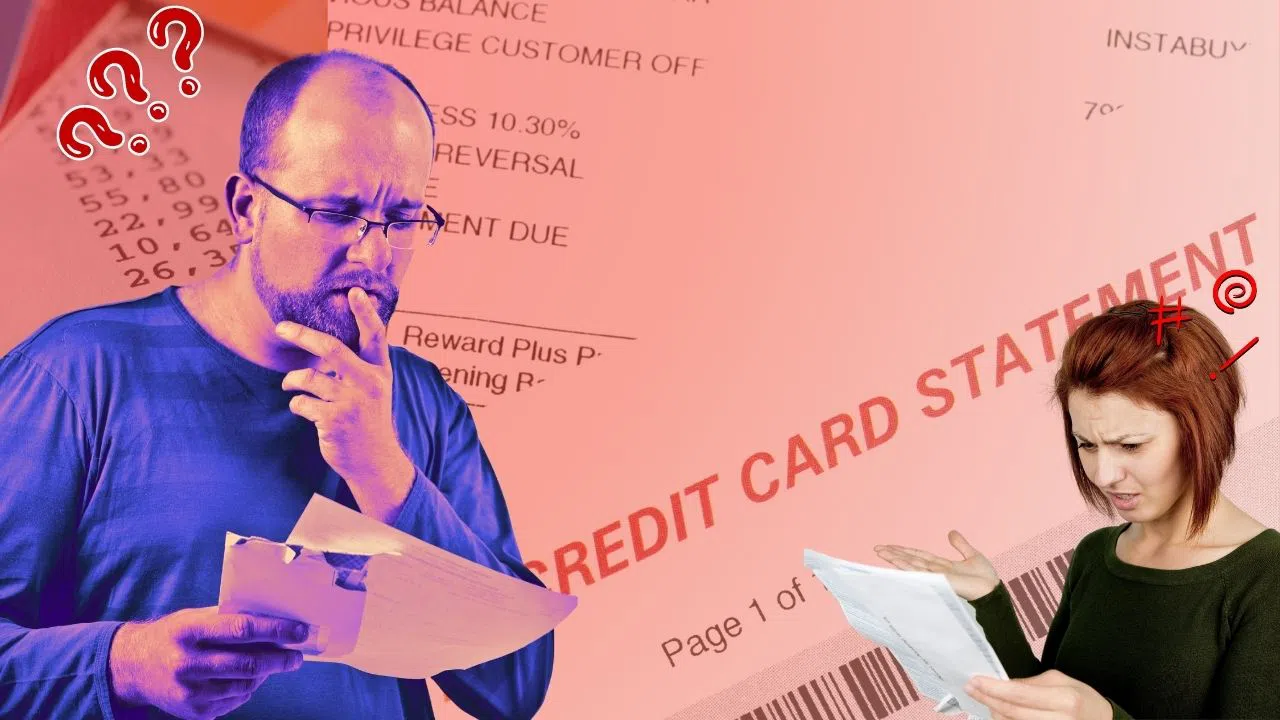
In the world of high-risk merchants, businesses face numerous challenges when it comes to processing payments. From being labeled as ‘high brand risk’ by banks and credit card companies to experiencing frequent credit chargebacks, these businesses often find it difficult to navigate the financial landscape.
One significant factor that can contribute to these challenges is the use of wrong or unclear billing descriptors on customer statements.
In this article, we will explore the impact of unclear billing descriptors on high-risk businesses and discuss steps that can be taken to reduce the associated risks.
Understanding Billing Descriptors and Their Impact
A billing descriptor is the text that appears on a cardholder’s bank statement to indicate a purchase made from a merchant’s website. It is a concise description that helps cardholders identify and associate the transaction with the specific merchant or website where they made the purchase.
Billing descriptors typically include the merchant’s name, a recognizable identifier, or a DBA (Doing Business As) name to provide clarity to the cardholder regarding the transaction. Businesses usually create billing descriptors when they open their merchant accounts, and these descriptions typically remain the same for every transaction—or at least every transaction of the same type.
It is crucial for high-risk merchants to choose clear and easily recognizable billing descriptors to avoid potential chargebacks. We come across hundreds of chargeback cases while interacting with high-risk businesses in online gambling, e-casinos, adult products & services etc. TickleCharge has seen unclear descriptors causing an increase in chargebacks by up to 25% in some cases.
Customers who cannot identify the merchant behind a transaction often assume it is invalid or fraudulent, leading them to request chargebacks. The consequences of chargebacks can be detrimental to high-risk businesses.
While billing descriptors help customers identify the purchase and associated business on their account statement, they should not be confused with payment references. Payment references are used by customers when communicating with their bank about a particular transaction. It helps them reference the specific transaction they want to inquire about or discuss with their bank.
Keep in mind that when a chargeback occurs, merchants can lose nearly twice the transaction amount when considering product costs, marketing expenses, fulfillment expenses, transaction fees, and chargeback fees. Appealing chargebacks is a complicated and time-consuming process, with merchants winning only 21% of disputes (according to industry reports). Additionally, wrong billing descriptors can cause transaction decline rates to spike by as much as 10%. To mitigate these risks, high-risk businesses must take proactive measures to ensure clear billing descriptors.
Here are some tips for crafting a billing descriptor that our experts recommend:
- Keep it short and sweet. The ideal length for a billing descriptor is between 5 and 22 characters. If you opt for a static prefix and dynamic suffix, the prefix should be between 2 and 10 characters long.
- Use common terms and website URL. Incorporate easily recognizable terms that are relevant to your business or your website URL to allow customers to recognize the purchase.
- Remember to include at least one letter in your descriptor for compatibility and readability.
Always conduct prior test transactions using test credit card numbers to confirm how exactly your billing descriptors appear on bank statements, verifying its readability and accuracy.
Steps to Reduce the Risk of Unclear Billing Descriptors
A good billing descriptor serves to remind your customer of the details of their purchase.
To protect their businesses and minimize the impact of unclear billing descriptors, TickleCharge routinely recommends its high-risk merchant clients to implement the following:
- Communicate with Your Processor/Bank to Update Descriptors
Engage with your payment processor or bank to update your billing descriptors. It is essential to choose descriptors that clearly identify your products, services, or company name. Many businesses make the mistake of using their registered business name instead of their commercial name, causing confusion for consumers. To ensure clarity, use the most commonly known name for your business or the specific name of the product or service being offered.
- Test Transactions to Verify Descriptor Appearance
Performing test transactions and reviewing how descriptors appear on credit card statements can provide valuable insights. It is better to be proactive and verify that the billing name is clear and concise when shown on a consumer’s bank records. By using a company card for a test transaction and checking the online banking service, you can ensure that your billing descriptors are easily recognizable.
- Request Inclusion of Additional Information
Consider requesting your payment processor to include your phone number, company name, and address in the second line item of the descriptor. While not all banks and payment carriers may allow this, it is worth exploring the possibility. Including additional information can provide customers with more context and help them recognize the transaction on their statements.
- Make Descriptors Searchable in Google
Ensuring that your billing descriptors are searchable in Google can significantly improve recognition and trust. If your descriptors are not currently searchable, consider purchasing a domain in the descriptor name. By including the new domain name on your products and website landing pages, you can enhance visibility and recognition. Additionally, implementing SEO strategies can further increase your website’s visibility in Google search results.
The Consequences of Unclear Billing Descriptors
Apart from the financial implications of chargebacks and declined payments, unclear billing descriptors can have a lasting impact on a high-risk business’s reputation and brand trust. In today’s digital age, customers have access to platforms like Yelp and Trustpilot, where they can leave reviews and comments about their experiences. If a business consistently faces declined payments, chargebacks, or cases of online fraud, negative feedback and reviews can harm its reputation. Potential customers may be deterred from using the service, opting for competitors instead.
In conclusion, for high-risk businesses there’s little choice but to integrate clear billing descriptors and take the step towards restricting chargebacks, keep transaction declines in check, and build brand trust.
By engaging with payment processors and banks, testing transaction appearances, requesting additional information in descriptors, and making descriptors searchable in Google, high-risk merchants can significantly reduce the risks associated with unclear billing descriptors.
TickleCharge experts can help in identifying hidden issues like wrong billing descriptors and help merchants navigate payments profitably.



